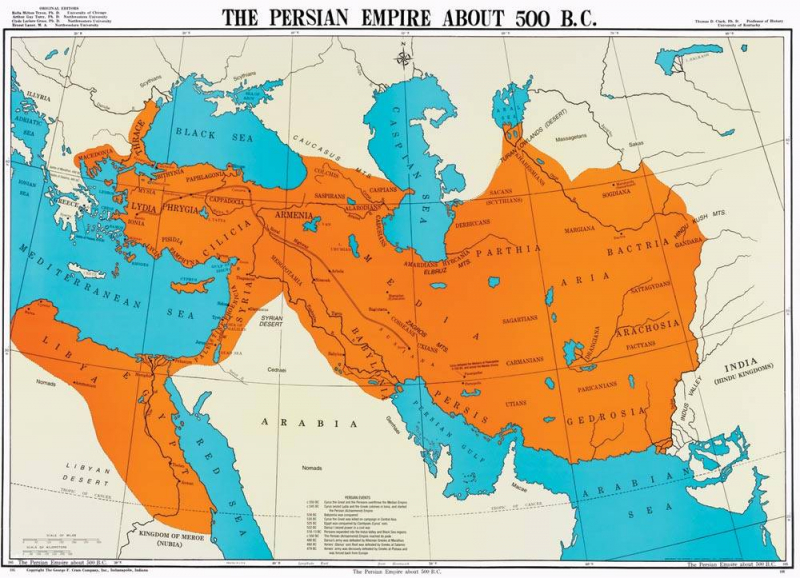The Beginning
Cyrus the Great founded the Achaemenid Empire, also known as the First Persian Empire, in 550 BC. The empire supposedly stretched across a territory of around 5.5 million square kilometers, from the Balkans in the west to the Indus Valley in the east. This kingdom stood out from the others due to its welcoming of individuals of many backgrounds and religions. People were free to practice their faith without facing prejudice, and this tolerance drew many new residents from the neighborhood. During this time, other kingdoms did not provide such independence.
Several prosperous empires followed the demise of the Achaemenid Empire, most notably the Parthian and Sasanian empires. Arsaces I of Parthia, the head of the Parni tribe, established the Parthian Empire, which existed from 247 BC until 224 AD. The empire was a great political and cultural force under the Parthians. The Sasanian Empire was the final great Persian empire before the Islamic conquests altered Persia's landscape in the seventh century. Following the downfall of the Parthians, they came to power and ruled until 651 AD. The Sasanian civilization served as the foundation for many early Islamic artistic styles.











